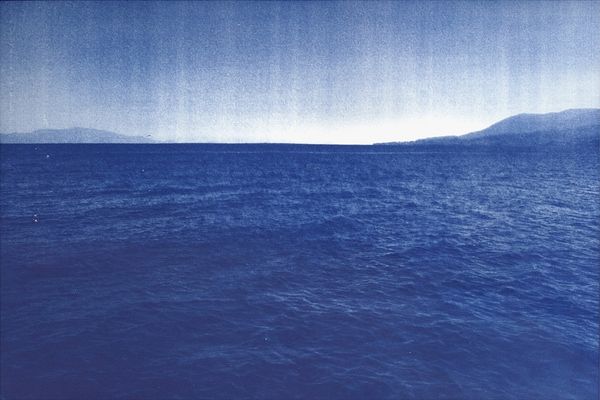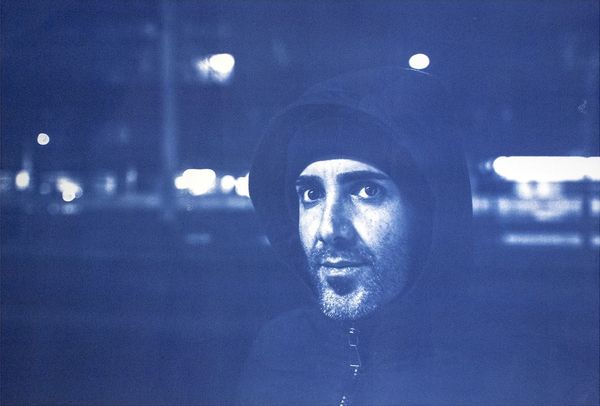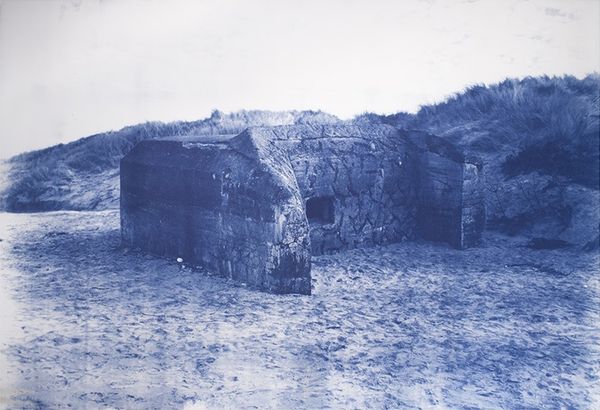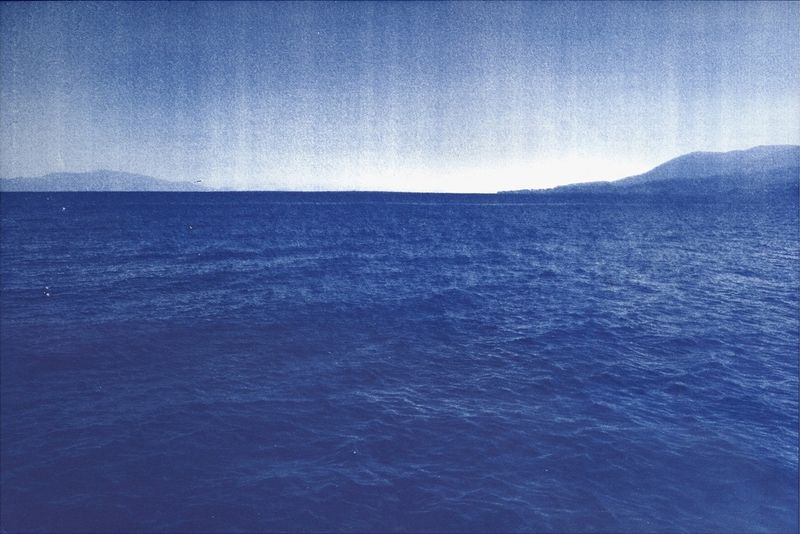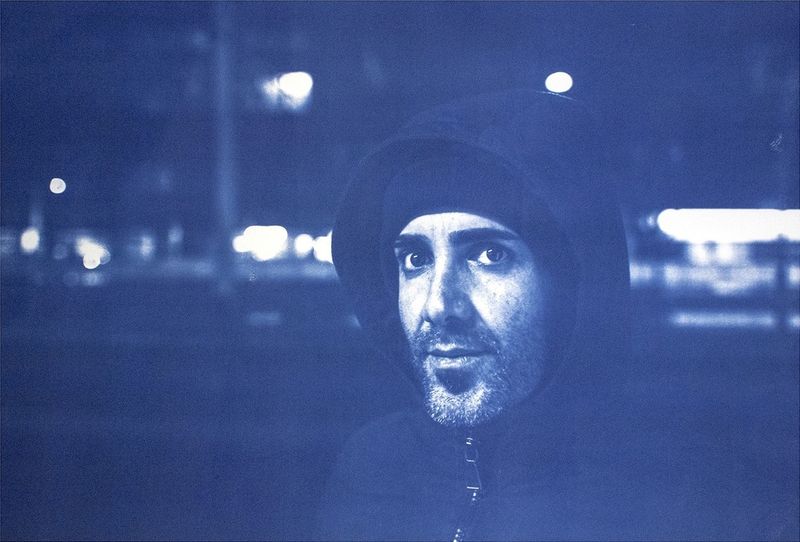The Banal Everyday Lives of Refugees
-
Published22 Aug 2018
-
Author
In a series of cyanotype prints, French photographer Emeric Lhuisset pays tribute to the people who have crossed the Mediterranean Sea in vulnerable conditions to start a new life on the old continent.
In a series of cyanotype prints, French photographer Emeric Lhuisset pays tribute to the people who have crossed the Mediterranean Sea in vulnerable conditions to start a new life on the old continent.
Having worked in a number of war zones in countries like Iraq, Syria, and Afghanistan, French photographer Emeric Lhuisset has been exposed to people from diverse backgrounds, which later flourished into lasting friendships with locals. L'autre rive is a project that looks to pay tribute to one of the photographer’s friends – Foad - who disappeared in the Mediterranean Sea while attempting to migrate to Europe. Lhuisset addresses the wider migration issue in Europe through images of friends who had embarked on the journey to the old continent in pursuit of a new life.
In L'Autre rive, you are essentially questioning the fragility of life through the use of the colour blue and its different shades... how did this idea come to fruition?
I had already used this technique of disappearing images in an installation that I did in Iraq - I heard the first ring of my death - in 2010-2011, but with salted paper prints. For this project, I just looked for the best way to talk about refugees, and for me at the end when this picture becomes a blue monochrome, it’s a double metaphor; the blue of the sea where so many disappear, but also the blue of Europe, because all of these refugees who have arrived are part of Europe’s future, and will become future Europeans.
In the past you've had a more traditional approach to photojournalism. L'autre rive, however, reads more as a liberation from the almost clichéd/expected refugee photo reportage - was this a conscious act?
Since the beginning, I never did photojournalism: I play sometimes with the codes of photojournalism, but it’s to divert these codes. If I use these unconventional photojournalistic codes, it’s for the meaning, but it’s also to question the photographic medium.
You have said that you deliberately wanted to photograph the refugees in banal everyday life situations. How do you think capturing those moments adds to the understanding of their own reality?
I made the choice to stay away from making images that belong to the field of news or to the spectacular, miserabilist, or even catastrophic expectation. These impersonal images are too often used to justify populist discourses. Having worked in numerous war zones, many of the friends I met in Iraq, Syria, or Afghanistan are now on the refugees’ route… some arrived in Europe a few years ago, others never arrived.
I decided to meet my refugee friends throughout Europe and photograph their everyday life in all its banality, to give each of us the possibility to identify and understand these people, because their lives could be the lives of us all.
In your position as a photographer of the refugee crisis, would you say L'autre rive looks to denounce or to inform the masses?
In my work, I don’t try to denounce, I just try to make something visible via my gaze. L’autre rive is here to give another point of view on the refugees, to allow the viewer to see himself in the refugees and thus to have a stronger identification with them.
In previous projects of yours, outdoor installations/interactions have been an extension of your statement - are you planning any sort of installation in Europe with L'autre rive?
For L’autre rive, I don’t think that I would do an outdoor installation. The technical aspects of the project do not really provide an opportunity to do it and I don’t think it would be pertinent for this project.
If I would do a street installation, it needs to align with the purpose of the project as with Intrusion, where it has become the project, or with Maydan-Hundred Portraits, where I glue the pages of the book on the walls - like the posters used by the protesters - in cities which are under the influence of Russian propaganda in the Donbass.
Clearly the medium in which you choose to present your projects is highly important as well as relevant to your narratives. Could you talk about your interest in installation? How does the process from working on the project and the presentation of the work combine/develop to best deliver your message?
When I work on a subject, I first do theoretical research and when I think that I have a good knowledge, I go to the places concerned and continue my research but more from an anthropological point of view. It’s only at the end when I have this dual theoretical and anthropological knowledge that I try to think if I have something interesting to say and if the answer if yes, what can be the best way to show it; the best medium to use…
--------------
Emeric Lhuisset is a French photographer based in Paris. He has exhibited at Tate Modern (U.K.), Institut du Monde Arabe (France), Rencontres d’Arles (France) and Stedelijk Museum in Amsterdam (Holland), among others. He has published two books, Maydan – Hundred Portraits (2014) and Last Water War (2016). Follow him on PHmuseum and Instagram.
Verónica Sanchis Bencomo is a Venezuelan photographer and curator based in Hong Kong. In 2014, she founded Foto Féminas, a platform that promotes the works of female Latin American and Caribbean photographers. Follow her on Twitter and Instagram.
